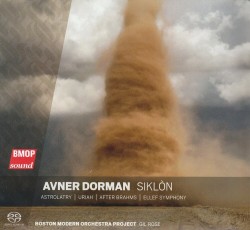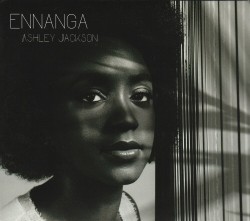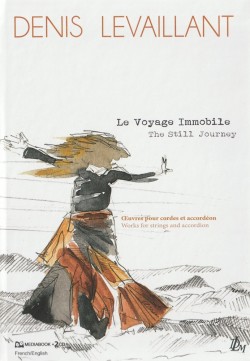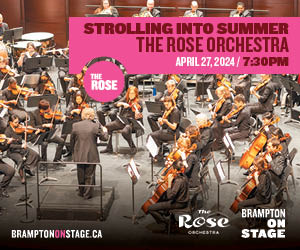Density 2036: Parts VI-VIII - Claire Chase
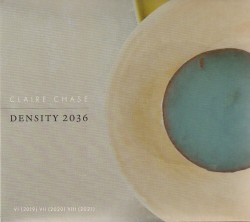 Density 2036: Parts VI-VIII
Density 2036: Parts VI-VIII
Claire Chase
New Focus Recordings FCR353 (newfocusrecordings.com)
To call Claire Chase a once-in-a-generation flutist may sound to many like speculation. But now, with the release of what is collectively referred to as Density 2036, doubters, naysayers and outright refuseniks have all gone the way of extinct species. There are now three double albums in this series. On the heels of the first two – Density 2036 (2013-2015) and Density 2036 (2016-2017) – comes Chase’s triple-CD Density 2036 – Part VI (2019); Part VII (2020); Part VIII (2021).
With each CD (numbered serially) Chase and her flutes took us by the hand to lead us into a magical multi-layered landscape. Transcending both time and place, Chase interpreted compositions often written expressly for her in such a manner that the resultant music created its own temporal dimension. This new triple release not only carries on where Chase left off, but in it she raises the proverbial bar on her artistry.
As the music of each part unfolds, so too does a discourse with structure and archetype quite unique to these works. It may even be called a Chase rhetoric, an Orphic dialogue of struggle and release. Each work is a ravishing poetic episode or (in the case of Part VII Liza Lim: Sex Magic) a series of poetic episodes. Every gesture is graced by lyricism and the memorable material is calibrated to create an abstract drama that says precisely all it needs to.
Such is the audacity of Chase’s vision of her instrument that the music which comes in hot evanescent diaphragmatic breaths, the waves of which ebb and flow and penetrate disparate sonic palettes from the palpitating heart (in Phylis Chen’s Roots of Interior for flute and heartbeat), on Part VI. Multiple soundworlds collide on Matana Roberts’ Auricular Hearsay in Part VIII. The centrepiece is decidedly Part VII Liza Lim’s Sex and Magic, a sweeping masterwork evocative of the near mythic life-affirming power of women, redolent of legends, oracles and history woven into a scalp-tingling wonderscape featuring – among other instruments – the death-defying aural majestic sound of Chase’s contrabass flute.
The Density saga was ignited by Edgard Varèse’s Density 21.5 and its tantalizing three-note key figure. Chase’s ongoing musical work builds an epic musical edifice with a hot breath of musical notes that leap off the page, like whirling dervishes and pirouetting ballet dancers leaping into rarefied air.


